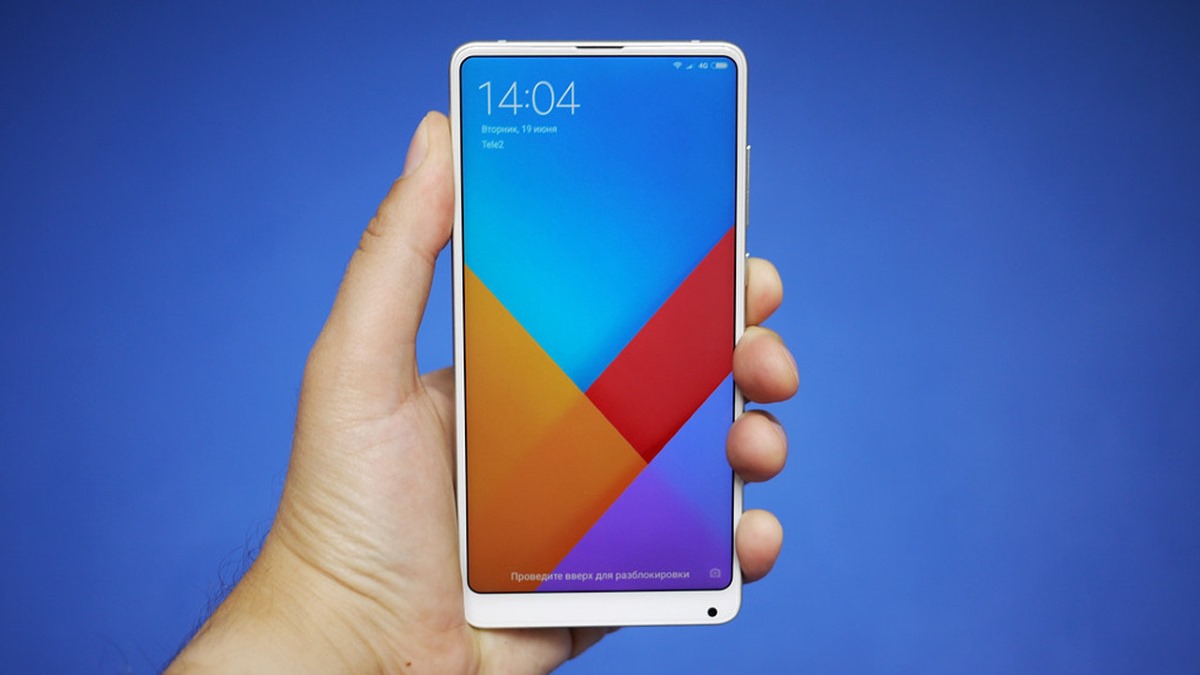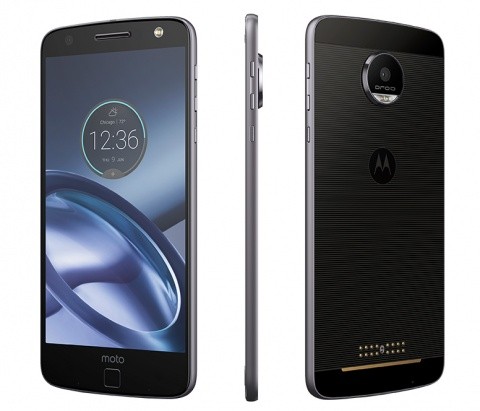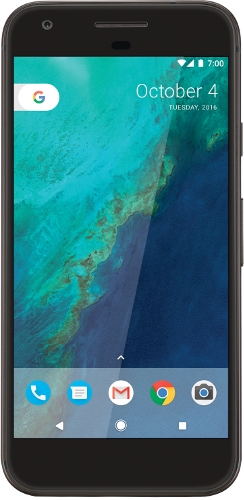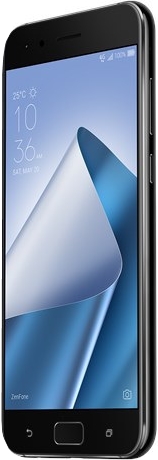Only old people go into battle: TOP 5 smartphones of past generations

In a special table, you can compare in detail all the brave five smartphones of past generations. And follow the link to find the full catalog of smartphones.

HTC 10 was one of the best smartphones in 2016. Unfortunately, his potential was killed at an unreasonably high price. Now it stands like a mid-level Chinese smartphone and looks quite attractive.
Externally, HTC 10 is an illegitimate son HTC One M8 32 GB and HTC One A9 16 GB / 2 GB . 5.2- the inch model looks quite large, but this is not such a problem — the phone looks stylish. Although, formally, it is not considered "frameless", the thickness of the side frames fully meets the current requirements. The branded rounded metal back panel looks great. Although it bulges out of the case by several millimetres, adding unnecessary thickness to it. As for the screen, the smartphone has an excellent Super LCD panel with a high resolution of 1080x1440 pixels.
In terms of connections and functionality, we have a completely modern set of a fingerprint scanner (built into the Home button), a USB-C port with fast charging support (50% in half an hour), an audio chip with Hi-Res Audio support and NFC for contactless payments.
Plus, HTC 10 boasts a very decent 12 MP camera with a large 1/2.3 matrix, optical stabilization and laser focus. For a reason, specialists from the authoritative resource DxOMark called 2017 a breakthrough year for mobile photography, and they named HTC 10 one of the best camera phones of the year. He has a final 88 points, which look more than decent by today's standards.
Perhaps the most controversial part of HTC 10 is its hardware. On the one hand, there are quite decent 4 GB of RAM and built-in storage for 32 GB with support for memory cards. On the other hand, we have the once flagship Snapdragon 820 chip (4 cores at 2.2 GHz), which in terms of capacity is comparable to the current Snapdragon 636 low-cost. As the basis of the system, he is quite good, but his gaming capabilities are not the best. And the support of modern buns like artificial intelligence controlling the camera and battery power would not be superfluous.

Let's say right away, the Moto Z released in 2016 is able to surprise even now. How often have you seen smartphones with a built-in projector, a camera with a tenfold optical zoom or a built-in audio speaker?
So, the main feature of the smartphone is its ability to customize, like a character from an RPG game. There is a special slot on the bottom of the back panel of the smartphone, to which Moto Mods modules are attached, expanding the functionality of the smartphone. It can be a reinforced battery, an armor-piercing case, a giant almost SLR camera or the same projector with a speaker. In 2017, when smartphones competed to see who would be thinner, such an opportunity to make a smartphone for yourself was a breath of fresh air. Moreover, the connection system turned out to be extremely successful, which is why the replacement of the module took a few seconds. However, now it will not be so easy to find Moto Mods in official stores. But the secondary market is full of them.
If we take modularity out of the brackets, then we get a strong flagship of 2016, which looks quite modern in 2019. It has a great AMOLED screen with a diagonal5.5" and 2K resolution. Plus a full functional package, including fast charging, a fingerprint scanner, USB-C, an NFC chip, a well-thought-out gesture control system and an OTG connection that allows you to directly plug external USB devices like a USB stick, keyboard or printer into your smartphone. All that's missing is a good old mini-jack for connecting regular headphones.
The exterior of the Moto Z also looks quite modern. Firstly, the thickness of 5.2 mm allows it to remain one of the thinnest smartphones on the market. Secondly, the corrugated metal backdrop stands out great against the background of boring and similar covers that are used in almost every modern smartphone. The side frames of the Moto Z are also quite thin. In a bad way, the only thing that stands out is the lower part of the smartphone with the Home button, which looks indecently large by modern standards.
Perhaps the main weakness of the Moto Z is its Snapdragon 820 processor. In 2016, it was the flagship processor, but since then the production process has jumped forward and now its power is comparable to entry-level and mid-level chips.

| Tv-mir.com.ua | 16 705 ₴ | To Store |
Initially, the Pixel smartphone series was conceived as a kind of perfect Android smartphone, which other manufacturers will look up to. Over time, the series went somewhere wrong, but the first models were really successful.
Usually, any Pixel review begins with praising odes to its camera. At the time of the announcement, the Pixel camera was the best among all smartphones. Naturally, a few years later, progress has stepped forward (hello Apple and Huawei with their super cameras), but even by today's flagship standards, the Pixel XL shoots excellent shots — for a reason it has 90 points from the authoritative DxOMark resource and is among the top best camera phones on the market. At the same time, the camera module itself does not stand out much against the background of competitors, but the software makes it really interesting.
Externally, Google Pixel XL is an enlarged copy of Pixel. The same design is used here with a glass front panel and rather large frames around the screen. The sides and back of the Pixel XL case are made of aviation aluminium, but there is a glass insert on the back, on which the camera unit is located, as well as a fingerprint scanner.
The 5.5-inch Google Pixel XL display uses an AMOLED matrix with a resolution of 1080x1440, which is covered by a Gorilla Glass 4 protective glass. The screen shows a wide colour gamut characteristic of matrices of this type. Right out of the box, the colour scheme of the screen is quite cold with a bias in blue shades, which could be called a minus, but in the settings menu it can be switched to sRGB mode with warmer shades. Overall, the screen is still excellent even compared to the latest flagships from Samsung and Huawei.
But where the Pixel XL really sags is in terms of hardware. It has the once flagship quad-core Snapdragon 821, which now demonstrates performance at the level of mid-range processors. It does not slow down, but there may be problems with demanding games. In principle, now it cannot be put into the minuses, but it also has no margin of safety. Also, potential buyers are unlikely to like that there is only 32 GB of internal memory, which cannot be expanded at the expense of memory cards.
In terms of connections and functionality, the Google Pixel XL looks quite fresh and modern: it has a fast fingerprint scanner with the exception of accidental touches, a relatively capacious battery with fast charging, a USB-C port, a separate 3.5 audio output, an NFC chip, and also supports OTG functions for connecting peripherals via USB and DLNA for content exchange "by air."

By releasing the original Xiaomi Mi Mix 128 GB / 4 GB , Xiaomi was able to declare itself as one of the first manufacturers to have a "frameless" smartphone in its portfolio. The second version of Mi Mix has become even more frameless, so to speak, and got rid of some of the problems of the first version. And in the realities of 2019, it also looks attractive.
So, almost all the free space is occupied by a large 6-inch display. The display-to-size ratio is an impressive 80%, which still looks impressive. At the same time, there is no cut-out bangs on the screen, which annoys many buyers. The screen is made using IPS technology, has a resolution of 2160 x 1080 and boasts excellent colour reproduction, high contrast and the ability to quickly customize the colour palette for yourself.
As in the first version, metal (frame) and ceramic ("back") are used as body materials. The case looks great and feels nice in the hand, but the backdrop collects fingerprints very quickly. This is a standard problem of ceramic housings.
Mi Mix 2 boasts an excellent functional set: fast charging, USB-C, fingerprint scanner, NFC and the ability to work as a USB host (OTG). At the same time, as in most modern flagships, Mi Mix 2 does not have a 3.5 audio jack, which somewhat limits its musical capabilities. A good camera with a Sony module and optical stabilization could be added to the pros, but the quality of the photos as a whole falls a little short of the flagship level. The next version of the smartphone Xiaomi Mi Mix 2s 64 GB / 6 GB , which scored 101 points in the rating of DxOMark camera phones, looks much better in this regard.
From the point of view of modern hardware, Mi Mix 2 lags behind last year's top smartphones, but significantly surpasses state-owned and mid-level smartphones. It uses an eight-core flagship processor 2017 Qualcomm Snapdragon 835, 8 GB of RAM and built-in storage of 128 GB (without support for SD cards).
The system and any resource-intensive applications either fly or work stably. Here, thanks to the good optimization of the MIUI shell, which continues to develop in parallel with Android and adds many useful functions to the system, such as a power consumption manager or a gesture control system. Performance problems can arise only when launching particularly demanding PUBG-type toys.

Presented at the end of 2017, the Zenfone 4 Pro remains one of the coolest smartphones in the Asus line. Here you have a performant processor, an AMOLED display, a Sony camera with optical zoom, and a battery with a decent capacity. But does it meet the requirements of 2019? It seems to us that it is quite.
For example, it is covered on both sides with 2.5D Gorilla Glass, which is framed by a solid metal frame. It looks nice and fits well in your hand. Although, quite large frames on top and bottom look like they just returned from vacation, where they gained extra weight.
Most of the front panel is occupied by a 5.5-inch AMOLED matrix with Full HD resolution, excellent brightness margin (500 cd/m2) and extended colour coverage (more than 100% NTSC). Thanks to the latter, the display has a very rich colour reproduction with the possibility of fine-tuning it from natural shades to flashy acid colours. Well, it's worth praising a good oleophobic coating — fingers slide like on ice.
Inside the Zenfone 4 Pro there is an eight-core Snapdragon 835 chip, an Adreno 540 graphics accelerator and 6 GB of RAM. Such a bundle demonstrates decent performance by modern standards in everyday work and games. In the case of games, it is worth praising not only the hardware, but also the built-in shell fromAsus, which got rid of unnecessary junk, and in return received a number of useful functions like optimizing performance in games or the ability to stream games directly from a smartphone.
And Zenfone 4 Pro has an interesting conversational speaker, which in addition to the "conversational" function also reproduces the sound "on the hook" in unison with the main speaker. It works in three modes: mono, stereo and high volume. Also, fans of listening to music from a smartphone will be pleased with a separate 3.5 audio output, which in recent years has been mercilessly cut out of flagships in favor of USB-C. Here we have the opportunity to sit quietly on two chairs.
Among other buns, we note the presence of NFC, a fingerprint scanner, fast charging, OTG, a bundle of three noise-canceling microphones and a very decent dual camera with optical zoom and optical stabilization.
Five interesting smartphones from China from the manufacturers of the second wave.
The best backpacks for hiking, able to withstand any conditions.
Complete freedom of movement in the urban cycle of cycling trips.
Meat grinder, blender and mixer in one bottle.
Compact backpacks with the output of the drinking system and thoughtful ergonomics for sports.






























